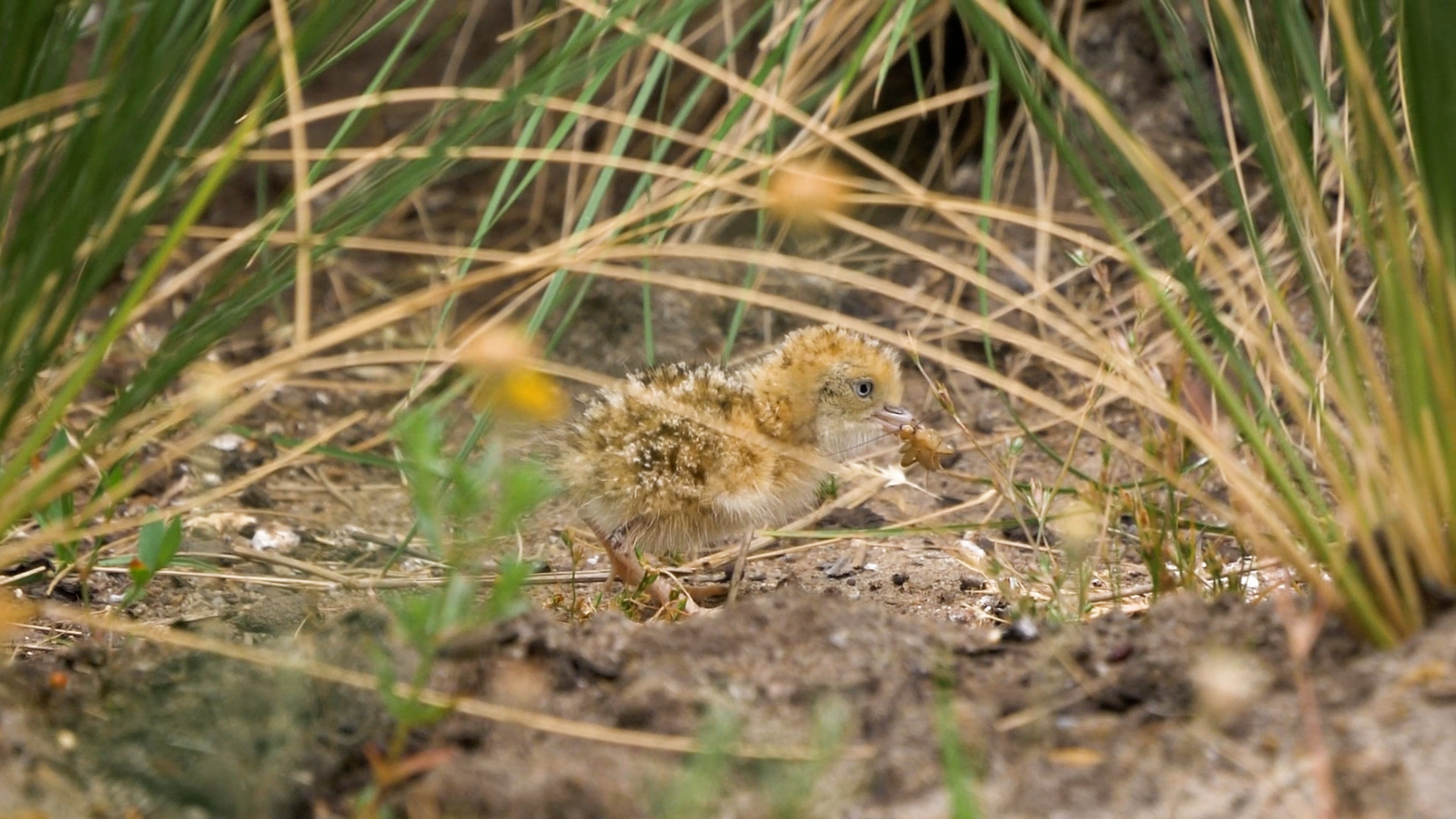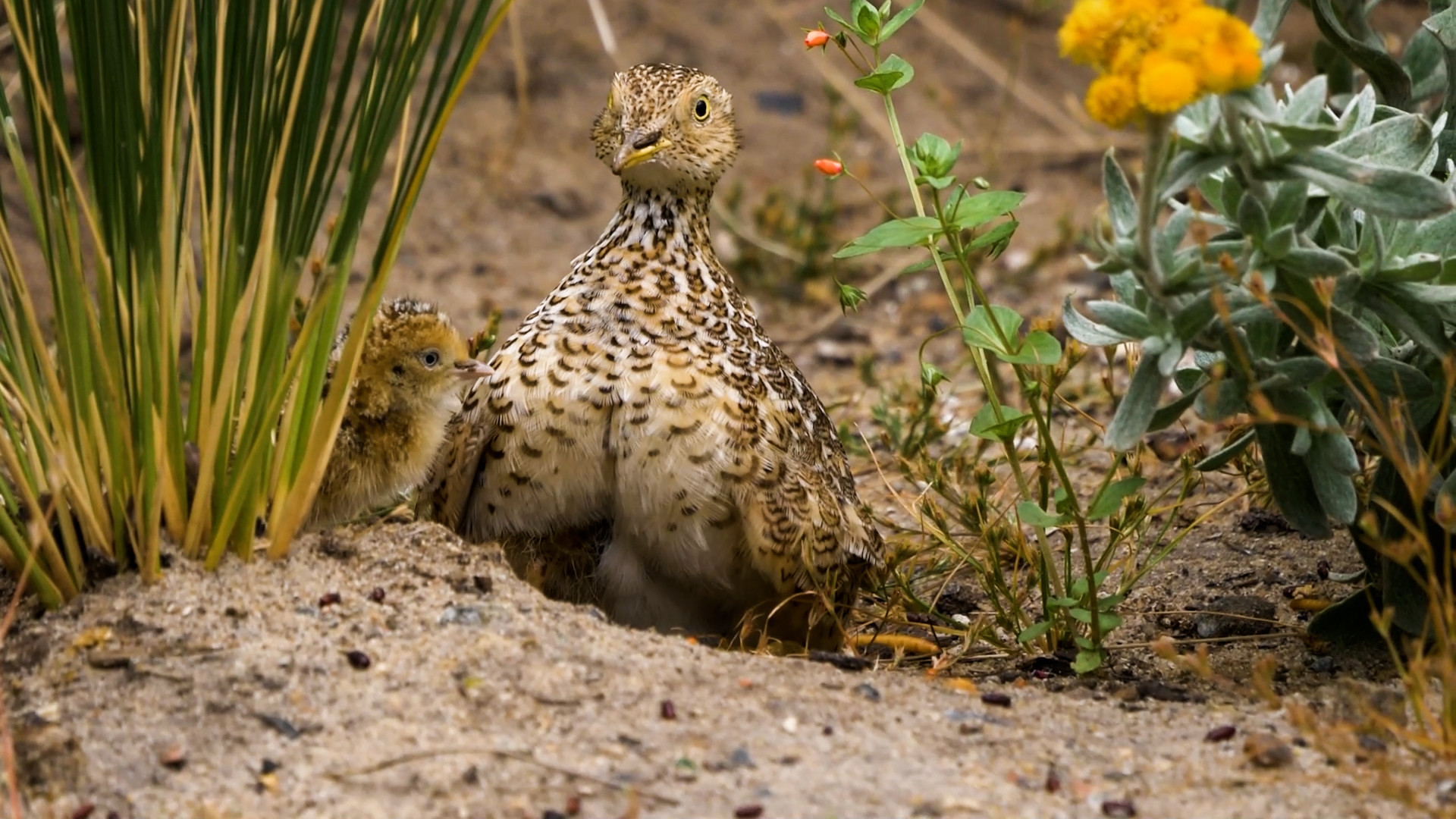Rare Australian animals born at Werribee Open Range Zoo
Seven of the world’s most critically endangered and genetically distinct birds have been born at Werribee Open Range Zoo, marking a major milestone in the conservation of the Australian native Plains-wanderer.
Five of the seven ground-dwelling Plains-wanderer chicks were born naturally in December, with an additional two chicks born via artificial incubation late last month (February). All are now thriving in the Zoo’s threatened species recovery program.
Werribee Open Range Zoo’s threatened species experts utilised their specialist skills in Plains-wanderer husbandry to successfully hatch the two artificially incubated chicks after the nest was abandoned.
Werribee Open Range Zoo Natives Life Science Manager Yvette Pauligk said the births are significant step forward towards saving the treasured and charismatic birds from extinction.

“It’s so rewarding to see years of working and learning about the Plains-wanderer species culminating in this exciting moment for conservation,” Ms Pauligk said.
“The Plains-wanderer is an iconic native Australian species. It is lesser known than the more widely identified koala, platypus, echidna and kangaroo, however it is equally, if not even more precious.”
The seven flourishing chicks now join nine adult Plains-wanderers in the Zoo’s specialised Plains-wander facility and will provide invaluable genetics for the National Recovery Program. The program is dedicated to saving the species from extinction by replenishing wild populations into areas with habitat management strategies. A total of 20 chicks were previously born at Werribee Open Range Zoo between 2018 and 2021.

Wild Plains-wanderer populations have plummeted more than 85 per cent during the past 20 years due to extensive habitat destruction, impacts from grazing, a lack of understanding about the species and extreme weather events. It’s estimated that there are fewer than 1000 adult birds remaining in the wild, primarily in two remaining strongholds in Victoria’s Northern Plains and the New South Wales Riverina.
Additional Plains-wanderers will be released into the wild over the next two years as part of an ongoing research trial and multi-state cross-agency recovery efforts.
Zoos Victoria would like to thank and acknowledge funding partners; the Victorian Government, the Limb Family Foundation and Andy McGillivray and Judy McGillivray.
The Plains-wanderer Recovery Team is a voluntary collaboration of government and conservation organisations who are working together to save this important native grassland bird from extinction. This includes: Australian Government Department of the Environment and Energy, Bush Heritage, Elanus Consulting, Featherdale Wildlife Park, Government of South Australia, NSW Local Land Services, NSW Department of Planning, Industry and Environment, Northern Plains Conservation Management Network, Parks Victoria, Queensland Government Department of Environment and Science, South Australian Government, Taronga Conservation Society Australia, Trust for Nature, University of Sydney, Victorian Government Department of Environment, Land, Water and Planning, Zoos South Australia and Zoos Victoria.
